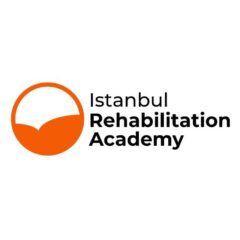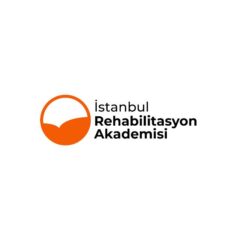The Alter G Treadmill is a device that uses differential air pressure technology, which was developed for the first time for the training of NASA astronauts. With this device, the effect of gravity is reduced, the person can be returned to movement without pain, and well-being and performance can be increased.
In Alter G, the force of gravity acting on the body is reduced by positive air pressure. Walking movements can be started in the early period. The person gets rid of the fear of falling, he pays attention to walking. As the patient’s muscles get stronger, his self-confidence rises.
Advantages of Alter G
- It allows to the body weight to be adjusted with 1% sensitivity within the range of 2005-20%. In this way, the painless exercises can be performed with low impact.
- With the benefited technology, the biomechanics of normal walking and running can be ensured. It is better than the previous methods of intra water exercises (hydrotherapy) and the hanging systems which were used to be benefited to alleviate the gravity. The resistance of water and restrictiveness of the hanging system changes the mechanics of walking in comparison with the ordinary situation.
- It provides the walking data in real time and makes monitorization with video. It accelerates the development of feedback walking which is received live.
- It provides a safe environment against the risk of falling.
- It enhances the joint motion, enables the wider movements and increases the healing motivation in the recorded objective parameters.
- The balance, power and durability strengthening exercises, especially walking and running, can be performed.
- It is easy to use and the rate of patient compatibility and continuing the treatment are high.
The diseases in which Anti-Gravity Treadmill Alter G is used:
- Neurological diseases
- Orthopedic diseases
- Fractures
- Anterior cruciate ligament repair
- Hip and knee prosthesis
- Achilles injury and repair
- Meniscus repair
- Obesity and chronic diseases
Although walking seems an easy job, it is hard. We just detect the place we want to go and walk. On the other hand, even a minor disease may make walking harder. The serious diseases can make us bound to bed for days and weeks. We may not be able to give a load onto our leg after a traffic accident, sports injury or orthopedic operation. In the neurological problems like stroke and traumatic brain injury we cannot control our muscles as we want and our sensation of the signals which come from our body may be disturbed. Also the chronic problems like obesity may restrict our mobility.


